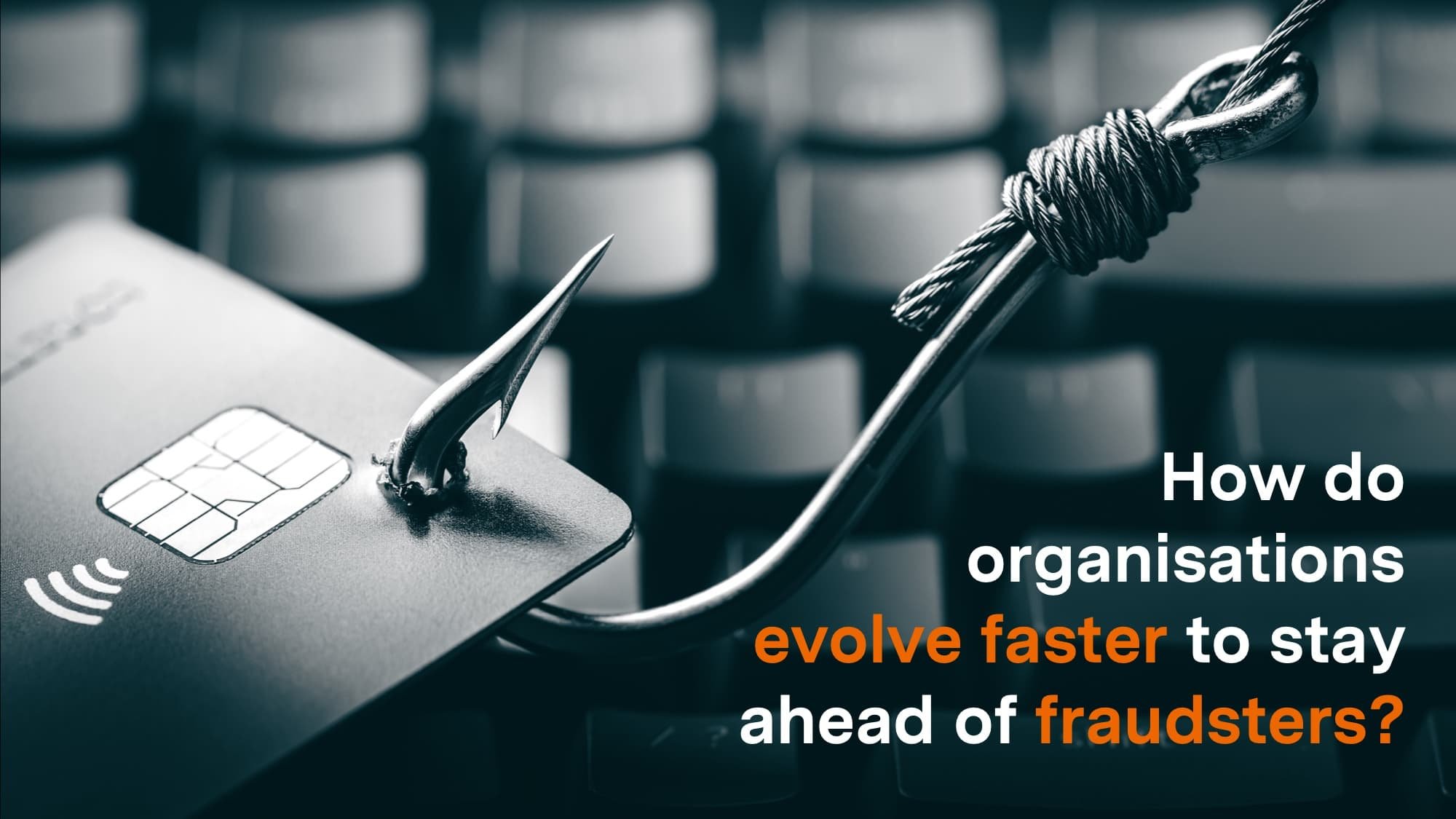How do organisations evolve faster to stay ahead of fraudsters?
Staying ahead of fraudsters is an ongoing challenge in the dynamic and ever-evolving world of financial services.
As technology advances at an exponential rate, so do the tactics of criminals, demanding a proactive, adaptive, and technology-driven approach from those in the field of compliance.
In this article, we delve into the imperative of keeping up with the dynamic, evolving nature of fraud and explore how technology can be a powerful ally in this ongoing battle.
The shifting landscape of fraud
Financial institutions are no strangers to the constant evolution of fraud. From traditional methods like identity theft and credit card fraud to more sophisticated schemes involving cyber attacks and social engineering, criminals are perpetually reinventing their strategies. As compliance professionals, it's crucial to recognise the need for a continuous learning and adaptation mindset. Traditional rule-based systems and static defences are often insufficient in the face of rapidly evolving tactics.
The role of technology as an enabler
Technology, when harnessed effectively, can be a game-changer in the fight against fraud. Artificial intelligence (AI) and machine learning, for example, have the capability to analyse vast amounts of data in real-time, identifying patterns and anomalies that may indicate fraudulent activity. This not only streamlines the detection process but also allows for a quicker and more precise response to emerging threats.
Dynamic adjustments in real-time
One of the key challenges in combating fraud is the ability to adapt to changing variables swiftly. Traditional methods of rule-based systems often fall short in the face of rapidly evolving tactics. The integration of AI enables financial institutions to make dynamic adjustments in real-time, learning from new data and continuously improving their fraud detection capabilities. This adaptability is crucial for staying ahead of fraudsters who are constantly refining their methods.
Predictive analytics for proactive defence
Predictive analytics is another powerful tool in the arsenal against fraud. By analysing historical data and identifying trends, financial institutions can anticipate potential threats before they materialize. This proactive approach not only enhances security but also minimises the impact of fraudulent activities on both the organisation and its clients. By anticipating potential risks, compliance professionals can focus their efforts on preventing fraud rather than reacting to it. An example is the prevention of a fraudulent credit card transaction when the predictive, pattern-based recognition model detects a transaction that is unusual for the customer. Or in mobile banking, an input behaviour is detected that does not match the customer.
Collaboration and information sharing
In the interconnected world of finance, collaboration is key. Sharing insights and threat intelligence across institutions can strengthen the collective defence against fraud. Emerging technologies facilitate secure information sharing, enabling financial organisations to stay ahead of evolving threats through a collaborative network. This collaborative approach leverages the collective expertise and resources of the industry to combat fraud more effectively.
Implications for compliance professionals
For compliance professionals in the financial services sector, embracing the latest trends in technology is not just a matter of staying competitive - it's a responsibility to clients and stakeholders. Thought leadership in this area involves a commitment to ongoing education, staying informed about emerging technologies, and advocating for their implementation to protect the integrity of financial systems. Compliance professionals must be at the forefront of innovation, actively shaping the future of security in financial services.
Conclusion
The dynamic nature of fraud requires a proactive, technology-driven approach from compliance professionals in the financial services sector. By harnessing the power of AI, machine learning, and predictive analytics, institutions can not only keep pace with evolving threats but also stay one step ahead. Thought leadership in this domain involves not only understanding the latest trends but also actively shaping the future of security in financial services. As we navigate the intricate landscape of fraud, technology emerges as a beacon of defence, providing the tools needed to secure the financial well-being of institutions and their clients. Compliance professionals must embrace technology and innovation to safeguard the financial system and protect the interests of all stakeholders.

